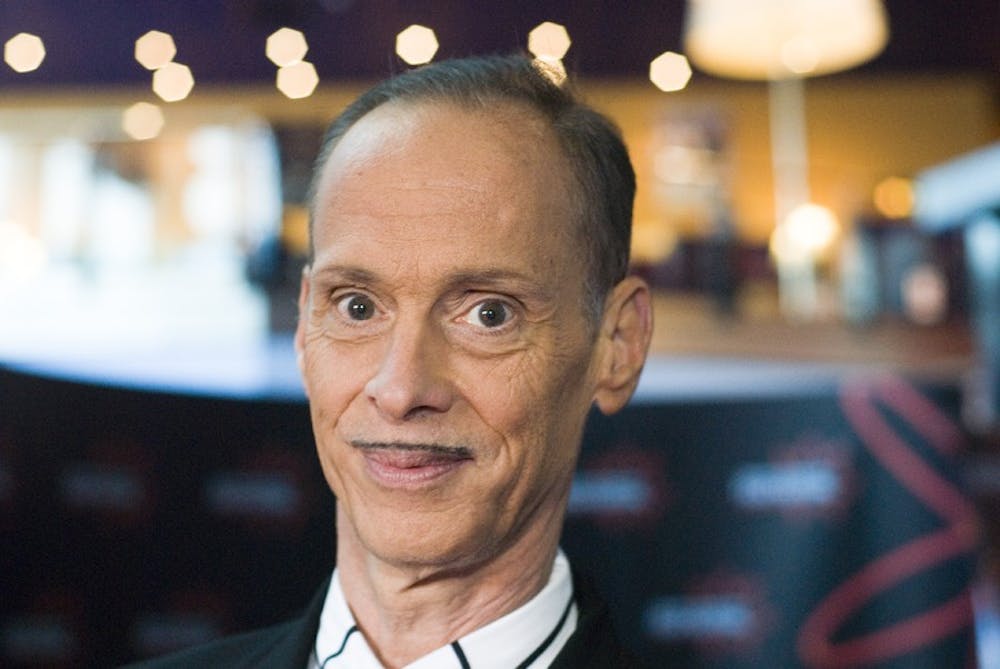A Facebook invitation to a film society screening seemed innocuous enough. “Oh,” I thought, “this will be a great excuse for me to get out of my dorm on this fine Friday evening.” If only I’d known what was coming.
Female Trouble is a 1974 movie by Baltimore filmmaker John Waters. As I walked into Shriver Hall on Friday, I had no prior knowledge of the film, which may be the best way to watch it. Female Trouble takes you on a journey through the tribulations of angst-ridden high school student Dawn Davenport (Divine) as she becomes a crazed, psychopathic, horrendously disfigured pseudo-crime-model (Mink Stole) who ultimately chokes her daughter to death before committing a mass shooting, an act that lands her in the electric chair.
It’s a movie that unrelentingly keeps you on the edge of your seat, mostly because you’re fearing what horrible thing Dawn is going to get up to next. Any scene change could bring the biting of an umbilical cord, a close up of a phallus or a hand chopped off with an axe.
It is clearly a movie that doesn’t take itself too seriously, as if John Waters sat down and thought to himself, “How can I make the most visually distressing and morally disturbing film ever?” He certainly achieved this goal, if not with Female Trouble then with one of the many others in his repertoire.
The actors’ performances were consistently over-the-top, which was a part of the film’s distinction. In the world of Waters, they are perfectly believable, although if you ever met one of them on the street, you probably could not hold a conversation for long.
Female Trouble holds nothing back. In many ways, it is a study of a society that puts too much weight on fame and celebrity. It presents the question “What would happen if someone completely unfit for the limelight and totally oblivious to that fact suddenly has their suspicions of self-worth confirmed by a world that celebrates beauty in an unorthodox way?” Female Trouble then proceeds to answer the question thoroughly.
Many of Dawn’s delusion, or at least her sudden drive to act on them, come from two beauty parlor owners (David Lochary and Mary Vivian Pearce) who wouldn’t be out of place in the Capitol of Panem.
It is possible these two represent a society obsessed with a depiction of beauty. They push Dawn to an extreme that she had previously not reached. By giving her delusions of grandeur, they compel her to commit some of her most heinous crimes. While Dawn clearly possesses the capacity for those crimes from the beginning, it isn’t until the external world says “You’re special” that she is driven to carry them out.
Female Trouble might not be a film of which you are going to walk out saying, “What an enjoyable experience.” You will likely find yourself saying something more like, “My, my. I have never seen a movie like that before, and I may never want to see a movie like that again, but I am glad that I have now had that experience.”
It is interesting to see societal and cinematic norms thrown out the window. Nearly all the scenes in Female Trouble are unorthodox, something you wouldn’t find in any old Hollywood production. The world of film needs movies like Female Trouble that ask, “How far can we go?”





